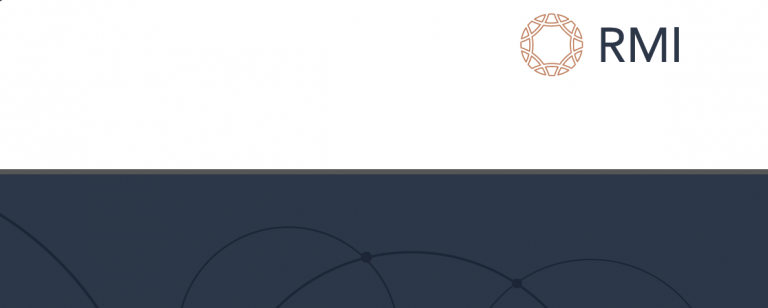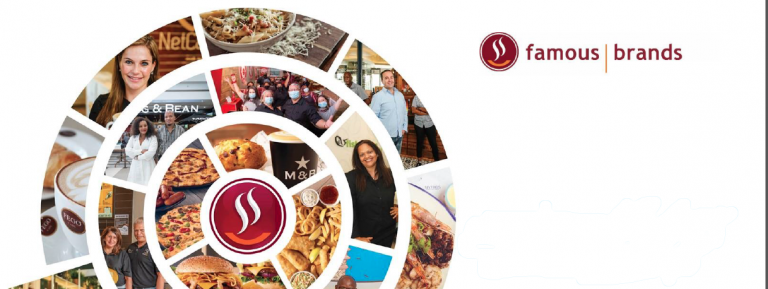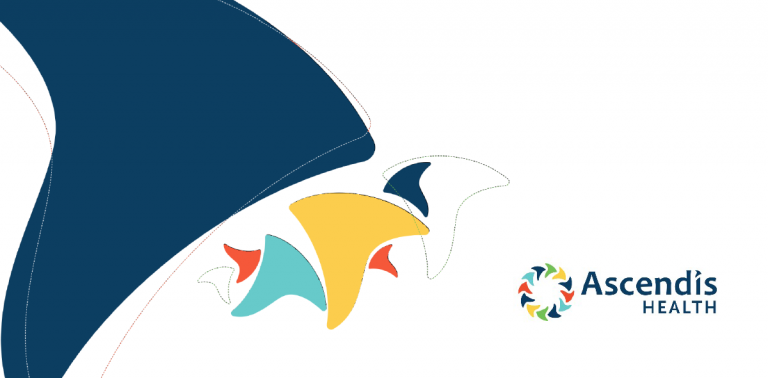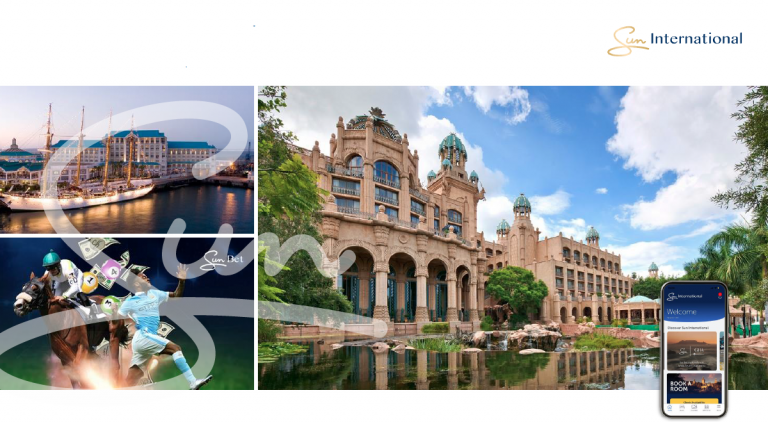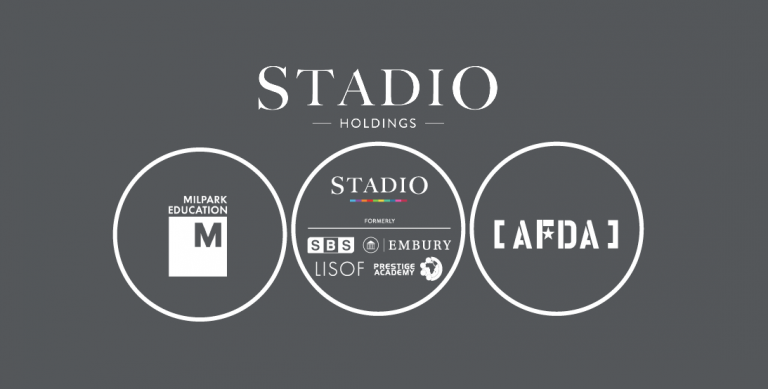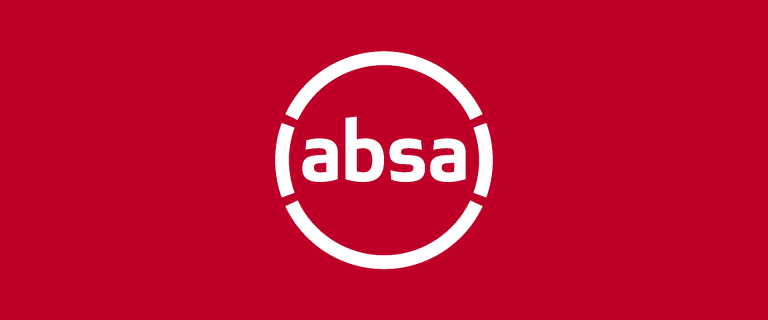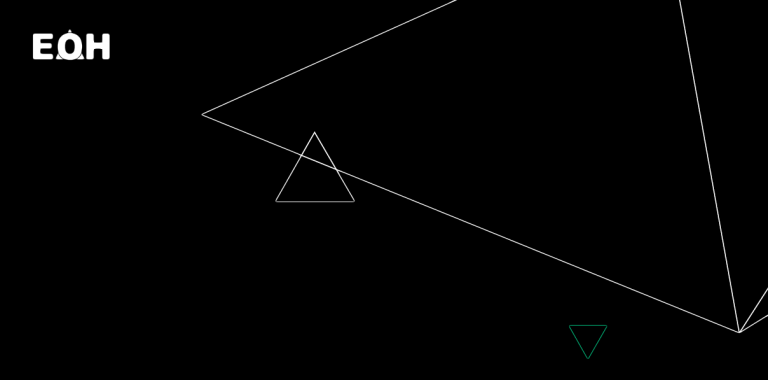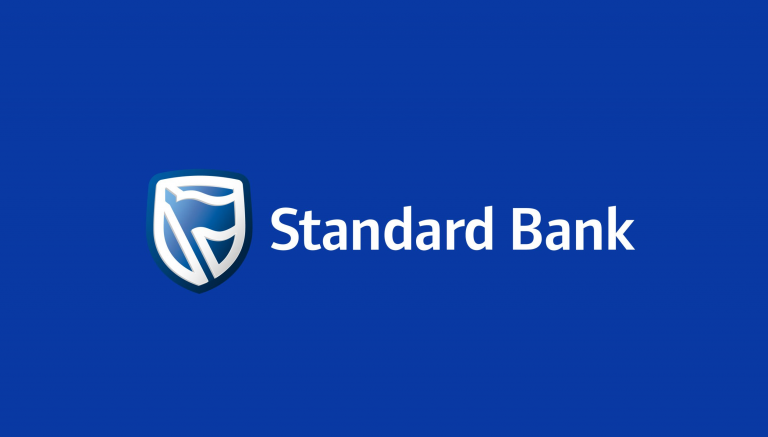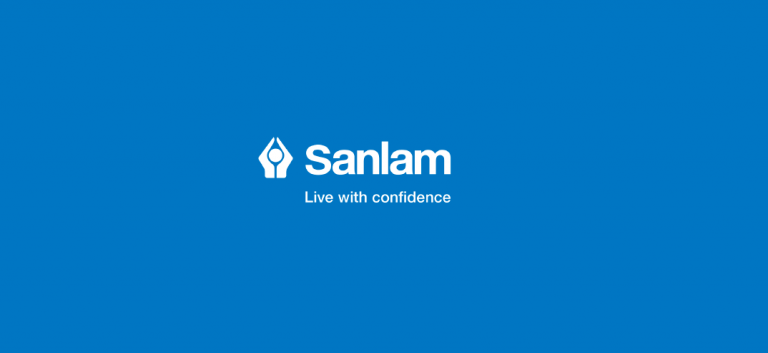This is proving to be a watershed year for investment holding companies on the JSE. Some of the most famous names of all are unbundling the assets that made them famous in the first place.
The market has been valuing such companies at painful discounts to the underlying value of the investments in the portfolio. There are good reasons for this (like the head office costs of such structures) and arguably cyclical reasons (like a souring of sentiment towards these structures in recent years).
Since listing in 2011, RMI has achieved a compound shareholders’ return of 17.9%. This is an extremely impressive number.
Back in September 2021, Rand Merchant Investment Holdings (RMI) announced an intention to unbundle its investments in Discovery and Momentum Metropolitan to shareholders. After all, these are listed companies that investors can access directly, so why should they continue to sit in RMI?
At the time, RMI envisaged a R6.5 billion rights offer to help bring debt down to an appropriate level in the new, smaller group. Thankfully, this was negated by the sale of the group’s 30% interest in Hastings Group, which was announced in December 2021. The proceeds of R14.6 billion represented the creation of “significant shareholder value” in the words of RMI and paid off the preference share funding.
These proceeds have taken the group into a net asset position and have supported the declaration of a special dividend. The total dividend (special and ordinary) for the six-month period to December 2021 is 165.5 cents per share, far higher than 22.5 cents in the comparable period.
At the time of the unbundling announcement, the group stated an intention to follow an active investment strategy going forward. In a display of capital discipline that could be a lesson to many other management teams, RMI has elected not to pursue such a strategy and will instead focus on its core asset OUTsurance, an existing platform that is still growing.
The investments in RMI Investment Managers and the AlphaCode portfolio of fintech companies are under discussion with a view to finding the optimal way forward for these businesses.
Holding company and personnel costs of RMI of between R25 million and R30 million will be reduced over the next six to twelve months. This gives great insight into why these investment holding companies tend to trade at a discount.
In the results for the six months to December 2021, the intrinsic net asset value of the portfolio has increased 14%. Over the same period, the market capitalisation increased 41%. This means the share price increased much faster than the value of the underlying investments, so the discount closed considerably based on these value unlocking efforts.
RMI highlights this point in the announcement, noting that the share is trading at a discount of just 2% to the intrinsic net asset value vs. a discount of 30% before the announcements.
Interestingly, the continuing operations in the group didn’t have a great period. OUTsurance earnings fell by 23% and RMI Investment Managers and AlphaCode investments fell by 16%.
OUTsurance grew annualised new premiums written by 18% but the South African operations were hit by higher claims, including the normalisation of motor claims as South Africans returned to the roads. At Australian business Youi, the sharp increase in the claims ratio from 53.4% to 62% was due to natural catastrophe events like the earthquake in Melbourne.
Inflation is good for OUTsurance in terms of revenue growth, as the group has suffered a long period of low premium inflation. This will help in 2022.
The comparative period for RMI Investment Managers included a significant amount for performance fees earned which was not repeated in this period. Assets under management increased 24%, of which net inflows contributed just over half of the growth.
RMI Investment Managers will continue its strategy of being a “value-adding but non-interfering shareholder of choice” for the independent asset management industry. The portfolio is largely complete, so the focus is on offering affiliates access to strategic support.
The announcement doesn’t give any significant details on the AlphaCode performance, merely noting that it continues to perform in line with expectations. The AlphaCode Explore and Incubate programmes supported 45 entrepreneurs in 2021 and helped the cohort achieve an average of 43% revenue growth. The startups created 46 jobs in the process.
The internal valuation of OUTsurance increased by 16% year-on-year to almost R39.7bn. The RMI Investment Managers and AlphaCode valuation increased by 31% to nearly R1.9bn, so OUTsurance is clearly the core asset. These valuations have increased despite the negative earnings results.
RMI closed 11% higher on the day as the market applauded the news of the discount being closed, hopefully once and for all.

